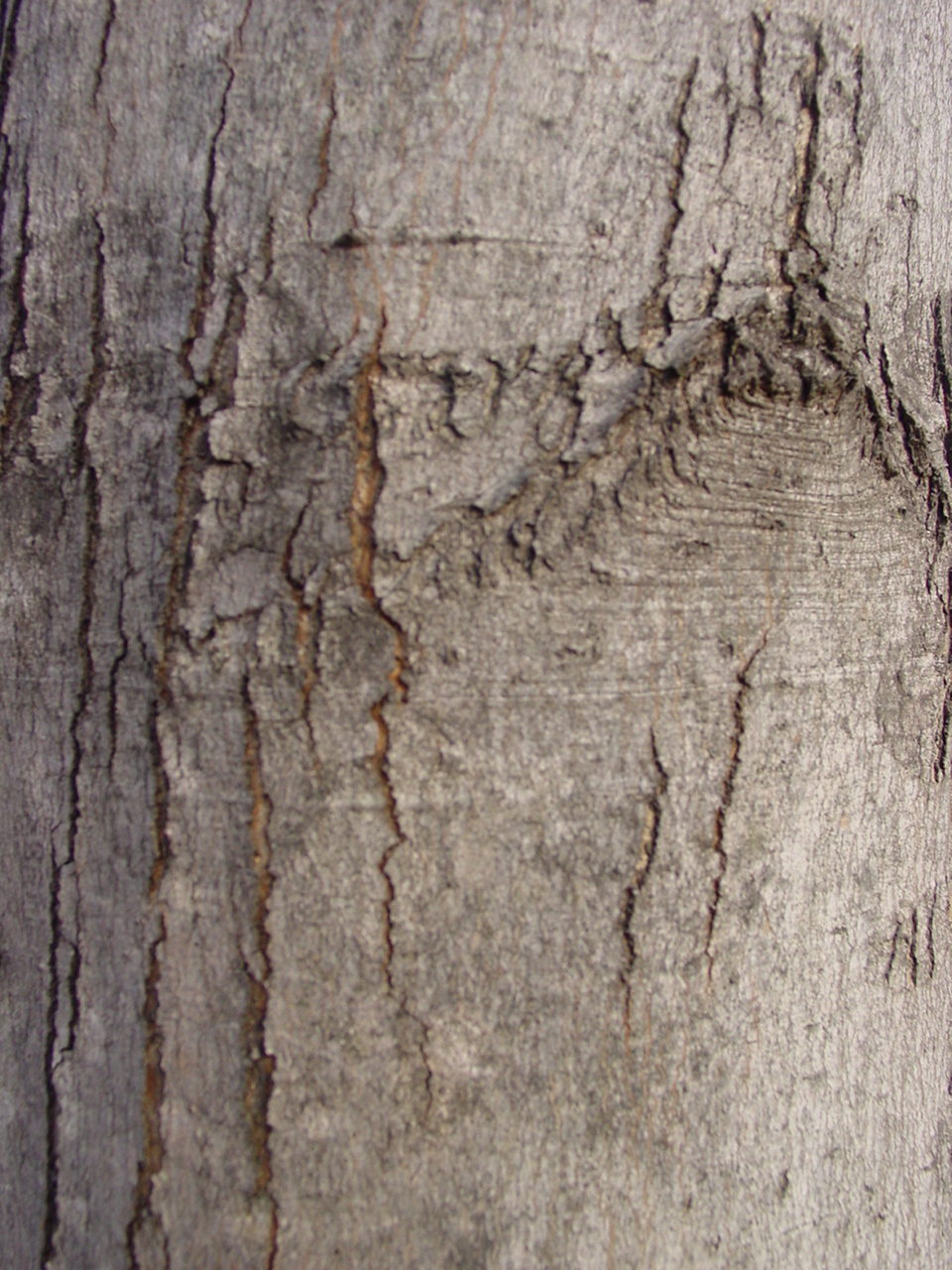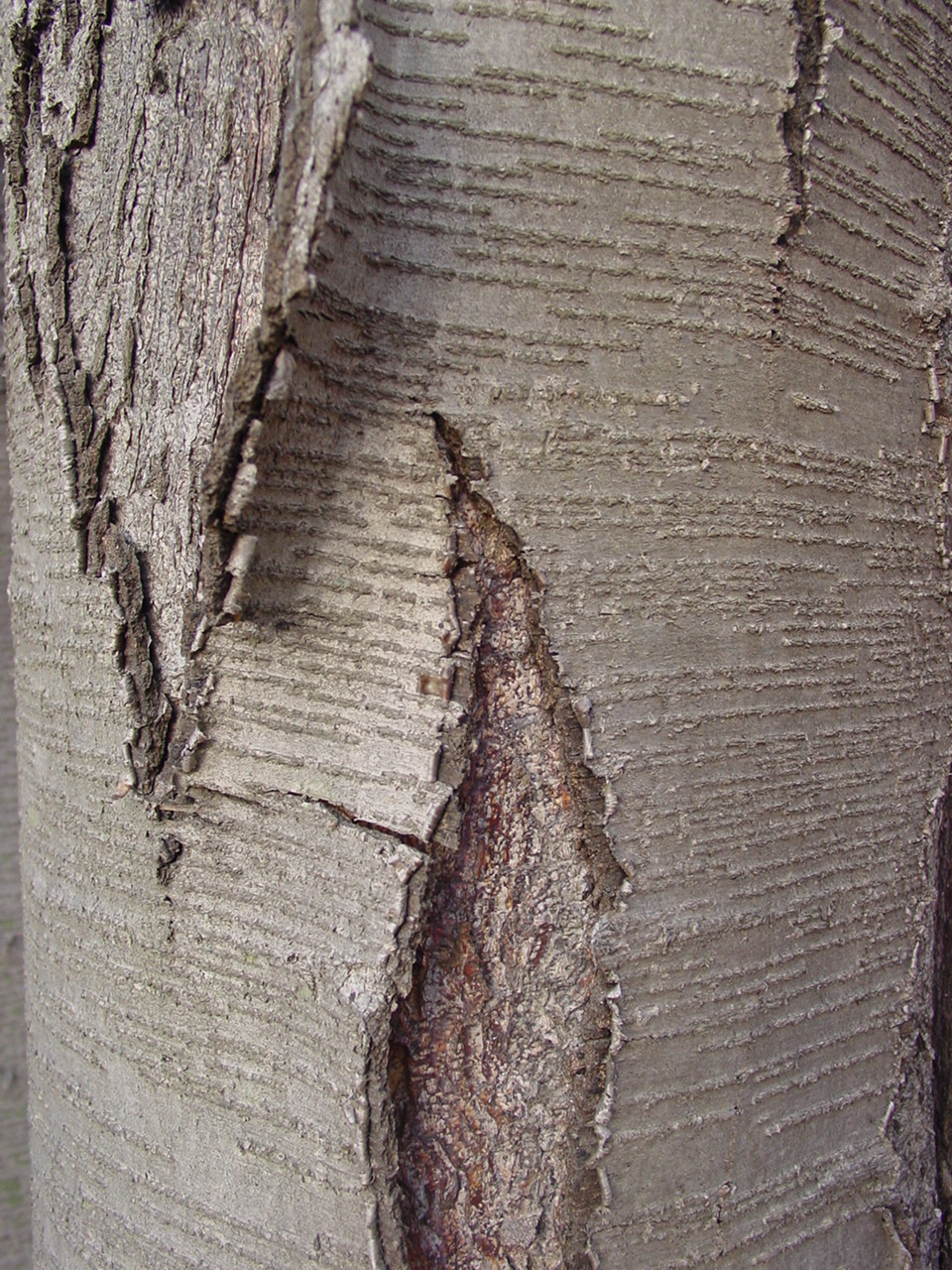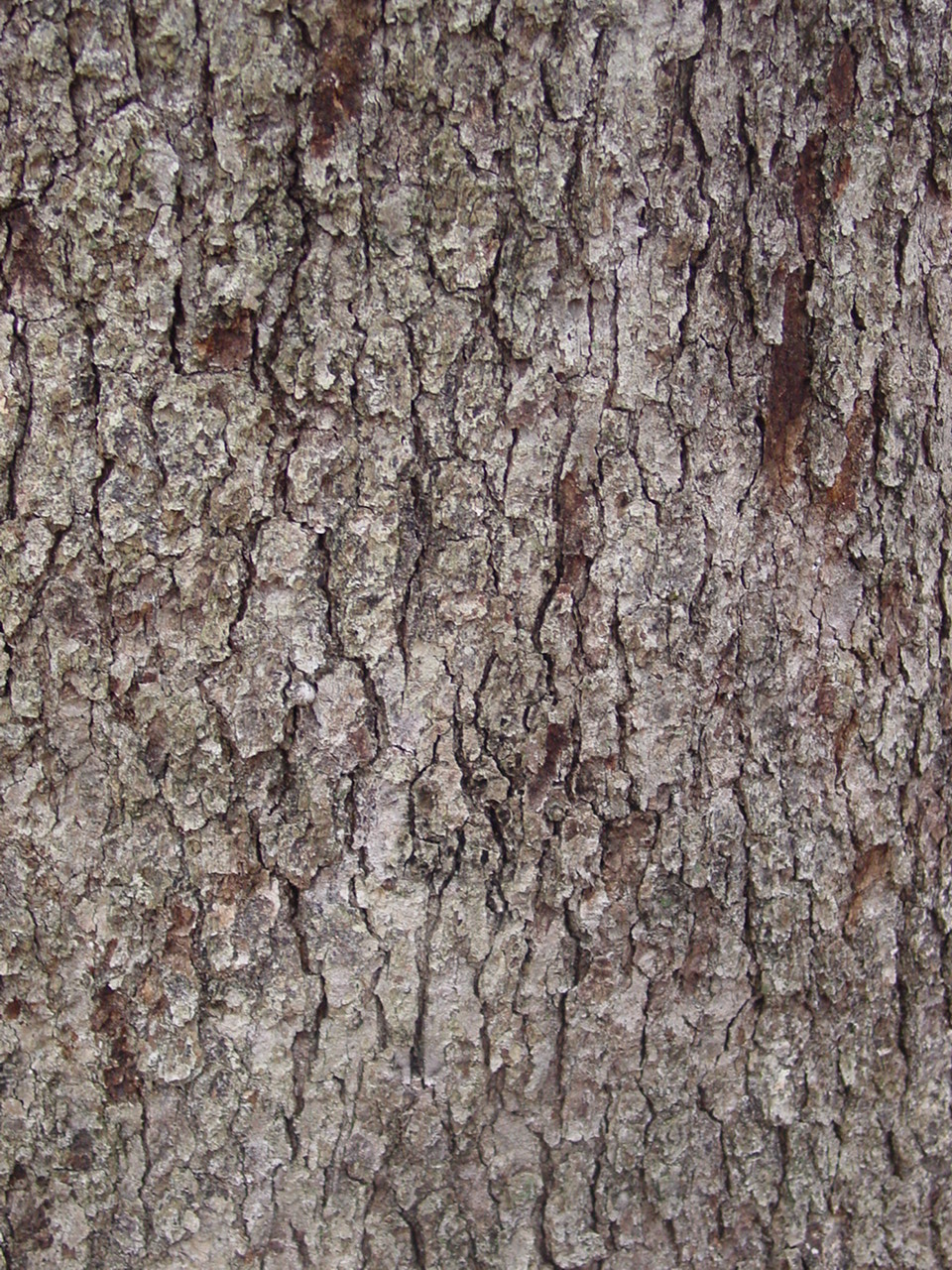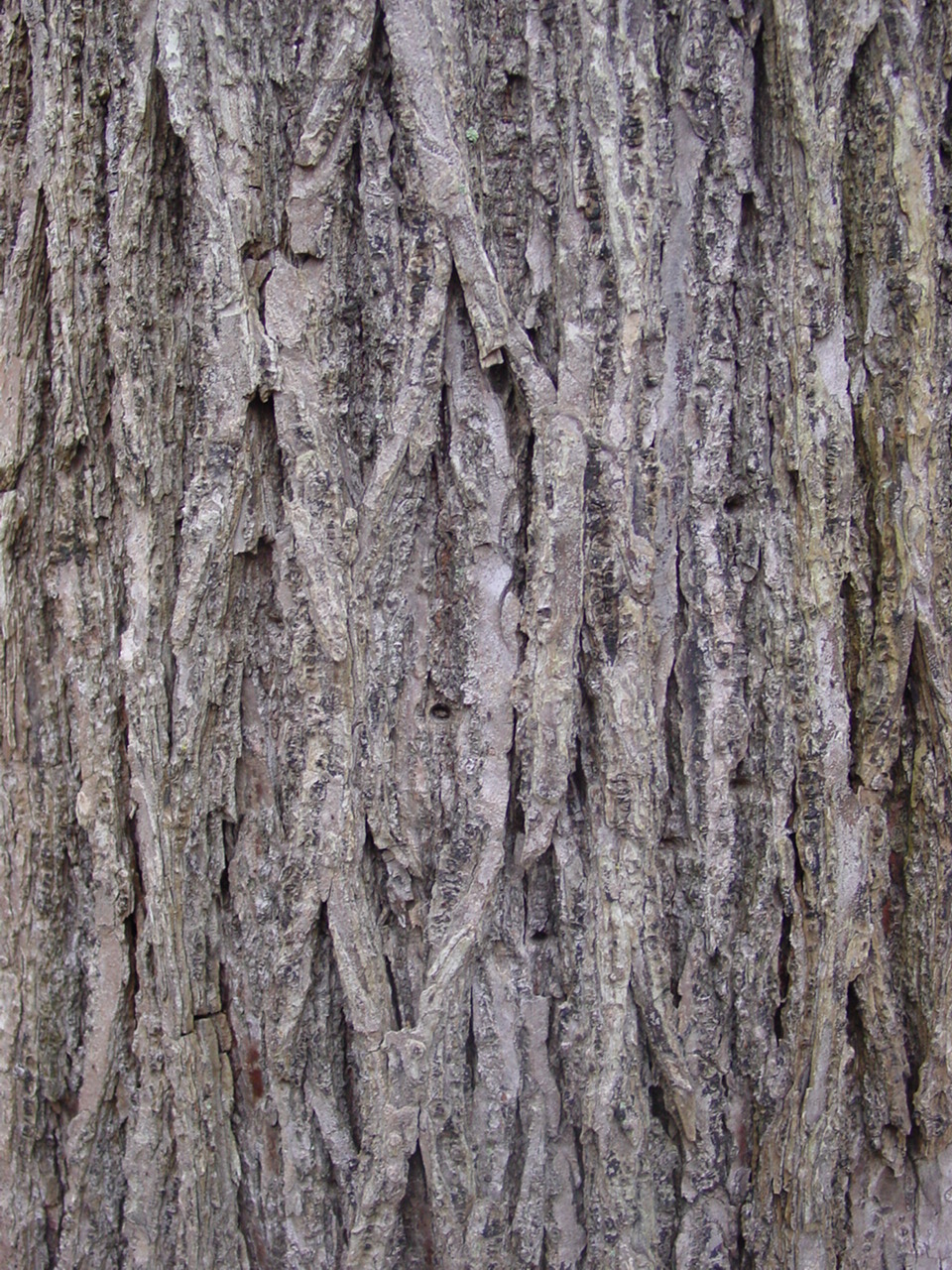Winter is an excellent time to observe texture, form, and structure in the landscape. It is also a great time to brush up on winter identification of common trees.
REMINDER TO VISITORS: Please observe flora in bloom from the trails. DO NOT PICK wildflowers.

Red Maple (Acer rubrum)
This species is easily identified by its smooth, light gray bark. As it gets older, the bark develops thin cracks as it darkens in color and beomes scaly or ridged. Look up at the top of the tree and you will find tight clusters of red buds clinging to copper colored stems. Oftentimes, red maple takes a multi-stemmed form in a natural setting.

Sweet Birch (Betula lenta)
Sweet birch is best identified by the patterns on its bark, most notably, its horizontal lenticels. Lenticels are small corky openings found on stem tissue which allow air to pass through. Oftentimes, lenticels are oriented in a vertical pattern, but on sweet birch, they are arranged horizontally on smooth, almost shiny reddish brown bark. As this species matures, the bark splits, leaving behind diamond-shaped fissures. If younger branches are within reach, gently scratch the thin bark and take a sniff- wintergreen! Quite refreshing on a cold winter day!

Dogwood (Cornus florida)
As the saying goes, �you can tell a dogwood by its bark.� Dogwood trunks are characterized by the blocky pattern that forms as the tree matures. Some say it resembles an alligator�s back. On the tips of the youngest stems, you�ll find Hershey Kiss shaped flower buds, ready for next spring. Look for this species not amongst the tallest trees, but in the understory of the forest or along the woodland�s edge.

Beech (Fagus grandifolia)
Have you ever come across an old tree with dozens of initials surrounded by hearts carved into the bark? Chances are you were looking at a beech tree! The smooth, light gray bark is a sharp contrast to the darker colored bark of oaks and hickories, among which beech is found. Often, beech leaves will persist on the younger branches throughout the winter, their color fading from a coppery brown to parchment white.

White Oak (Quercus alba)
One of the most majestic trees of the eastern forest, white oak has a winter silhouette like no other! Wide-spreading brances create an irregular shaped crown that gives each white oak its own unique appearance. The bark is ash gray in color, with an irregular scaly pattern that almost appears as if some scales are missing.

Sassafras (Sassafras albidum)
During the growing season, this species may fade into the hue of green, but as leaves drop and branching structure is exposed, you may feel as though you are seeing sassafras for the first time! Twisted limbs and contorted trunks characterize this tree, giving it an almost artistic feel. Sassafras bark is just as attractive, with deeply furrows and ridges forming on older trees. Often, this species forms groves, with many trunks growing in close proximity to one another.

American Elm (Ulmus americana)
Another tree with a magnificent silhouette, year round! American elms were widely planted along streets and driveways for their picturesque vase-shaped profile. Unfortunately, the arrival of Dutch Elm Disease has wiped out a good number of these once stately trees. At SCEE, a few have escaped decline and remain from earlier times. The bark of the American elm is dark grayish brown with thin vertical ridges which cross one another, forming �x� patterns along the trunk.
Winter is a good time to observe mosses and lichens in nature. Often going unnoticed during the warmer months, these tiny organisms reveal themselves as the winter landscape slowly loses color. Mosses grow in cool, damp, shady areas, like a fallen tree trunk or the north side of a standing tree. Lichens are actually 2 organisms living in a symbiotic relationship: fungus and algae. Each one provides something the other needs. Lichens are typically found on tree bark, rocks, dead limbs, and fallen tree trunks. Lichens range in color from light blue to green to gray.